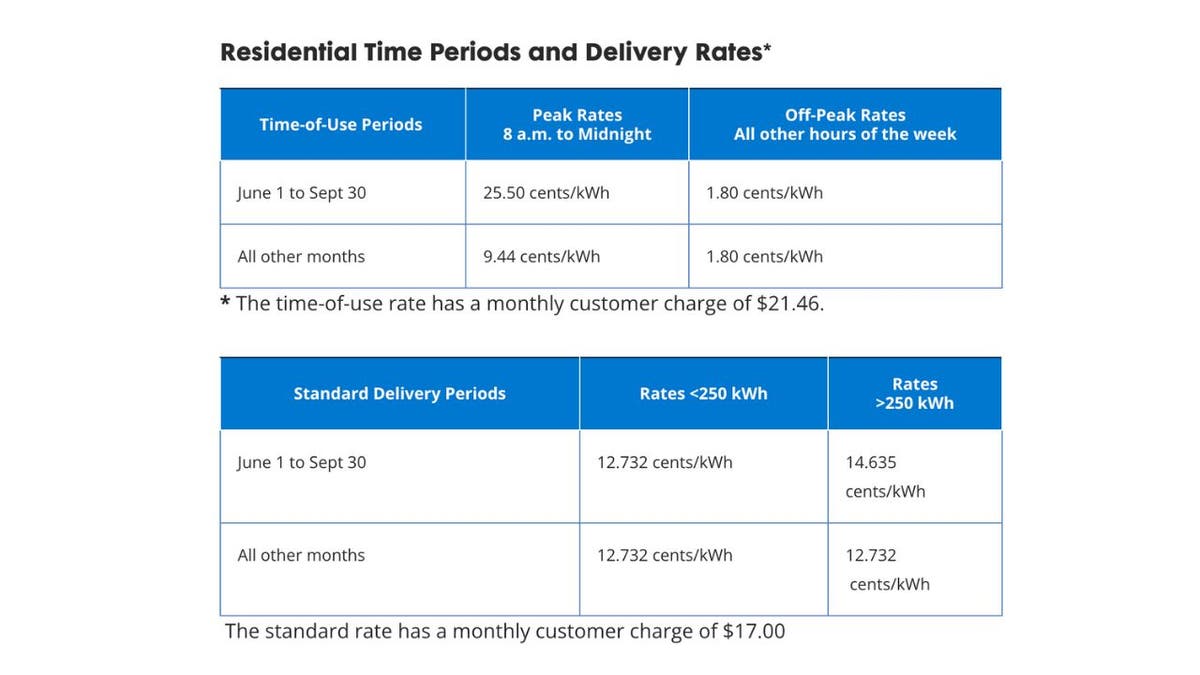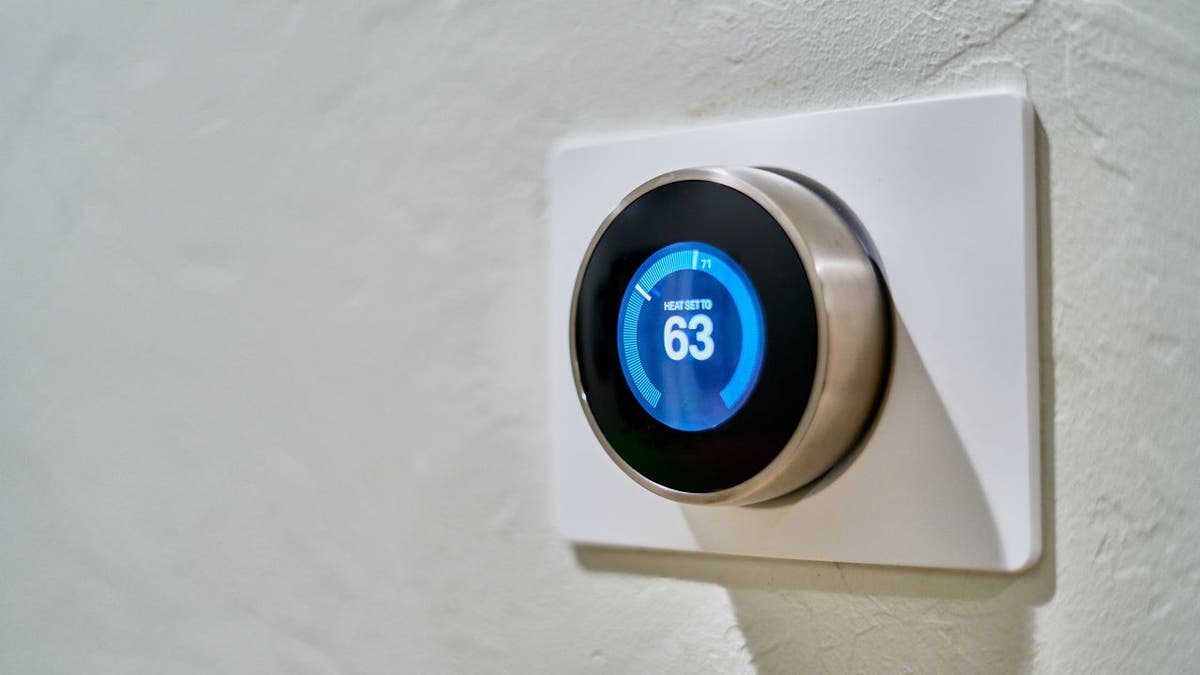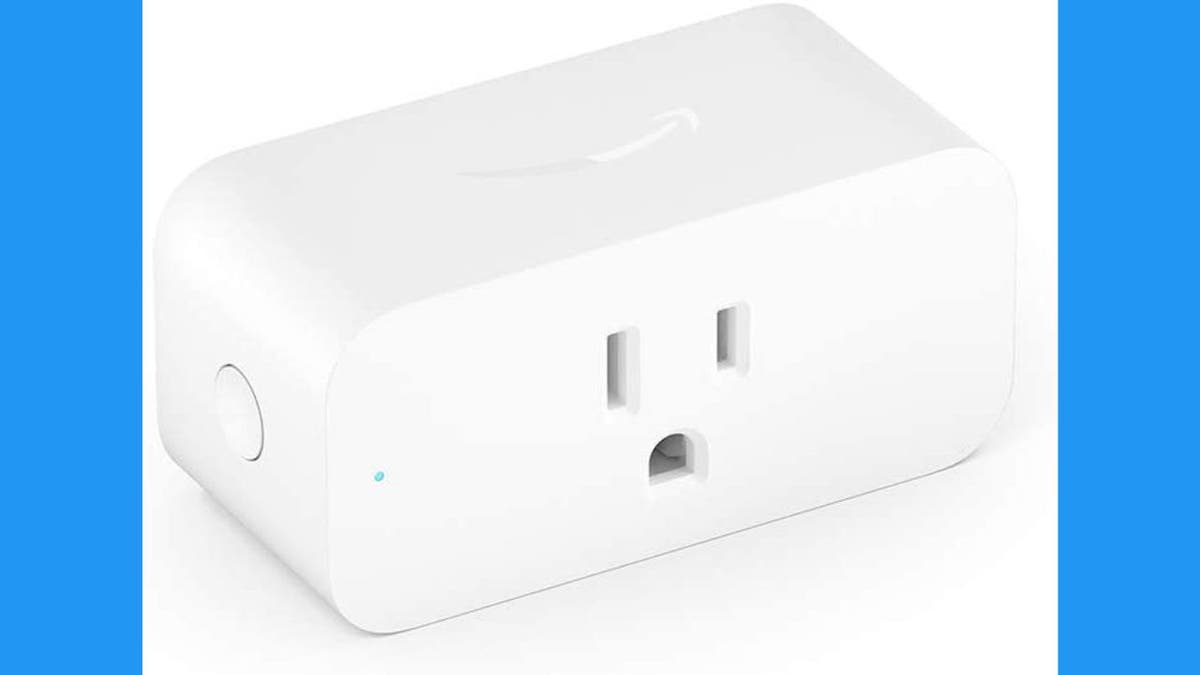Battling soaring summer temperatures and rising electricity costs? You're not alone. This summer's heatwave has many of us relying heavily on air conditioning, leading to higher energy bills, particularly during peak demand. Fortunately, there are several tech-driven solutions to help you keep cool and save money.
Smart Strategies for Lowering Your Electricity Costs
1. Minimize Energy Consumption
The most straightforward approach to reducing your electric bill is to simply use less energy. This can lead to savings of up to 25%. Lights, electronics, and other household items contribute significantly to energy usage. Consider these simple steps: switch off lights when leaving a room, unplug electronics that aren't in use, run appliances during off-peak times, properly seal doors and windows to prevent drafts, utilize power strips to easily cut power to multiple devices, and consider conducting a home energy audit to identify areas for improvement.
2. Identify Your Utility Company's Peak Hours

Many electricity providers, especially in densely populated areas, implement time-of-use (TOU) pricing, charging higher rates during periods of peak demand. Check with your provider or their website to determine if they use TOU pricing and identify the specific peak hours, which can vary by season and location. Knowing these peak periods allows you to strategically manage your energy consumption.
3. Optimize Your Thermostat Settings
If your electricity provider uses peak-hour pricing, adjusting your thermostat settings can significantly impact your bill. Pre-cool your home before peak hours begin by setting the thermostat a few degrees lower than your usual preference. Then, during peak hours, raise the temperature a few degrees. A smart or WiFi-enabled thermostat can automate this process, optimizing energy usage based on your schedule and peak hours.

Smart and WiFi Thermostat Advantages and Disadvantages
Smart Thermostats: Offer advanced features like learning your habits, automatic adjustments based on occupancy, and integration with smart home systems. However, they are more expensive and may not be compatible with all HVAC systems.
WiFi Thermostats: Provide remote control and temperature alerts but lack the intelligent features of smart thermostats. They are a more affordable option.
4. Utilize Smart Plugs

Even when switched off, many electronics continue to draw power. Smart plugs offer a solution by allowing you to control energy usage through WiFi, even turning off outlets completely. This can lead to significant savings over time.
5. Upgrade to Energy-Efficient Appliances
While replacing appliances represents an upfront investment, Energy Star certified appliances offer long-term savings through reduced energy consumption. Rebates and incentives may be available to offset the initial cost.
6. Switch to LED or Smart Lighting
LED bulbs consume significantly less energy and have a longer lifespan compared to incandescent bulbs. Smart bulbs offer additional control and automation, further enhancing energy savings.
7. Explore Solar Energy
Solar panels provide a clean and renewable energy source, potentially reducing or eliminating your reliance on the grid. Tax credits and incentives can make solar a more affordable option.
Additional Tips for Saving Energy and Money
Explore further energy-saving strategies and products to optimize your cooling approach and minimize costs.
Stay Cool this Summer
Check out recommended fans, coolers, and other products designed to keep you comfortable during the hot summer months.
Comments(0)
Top Comments